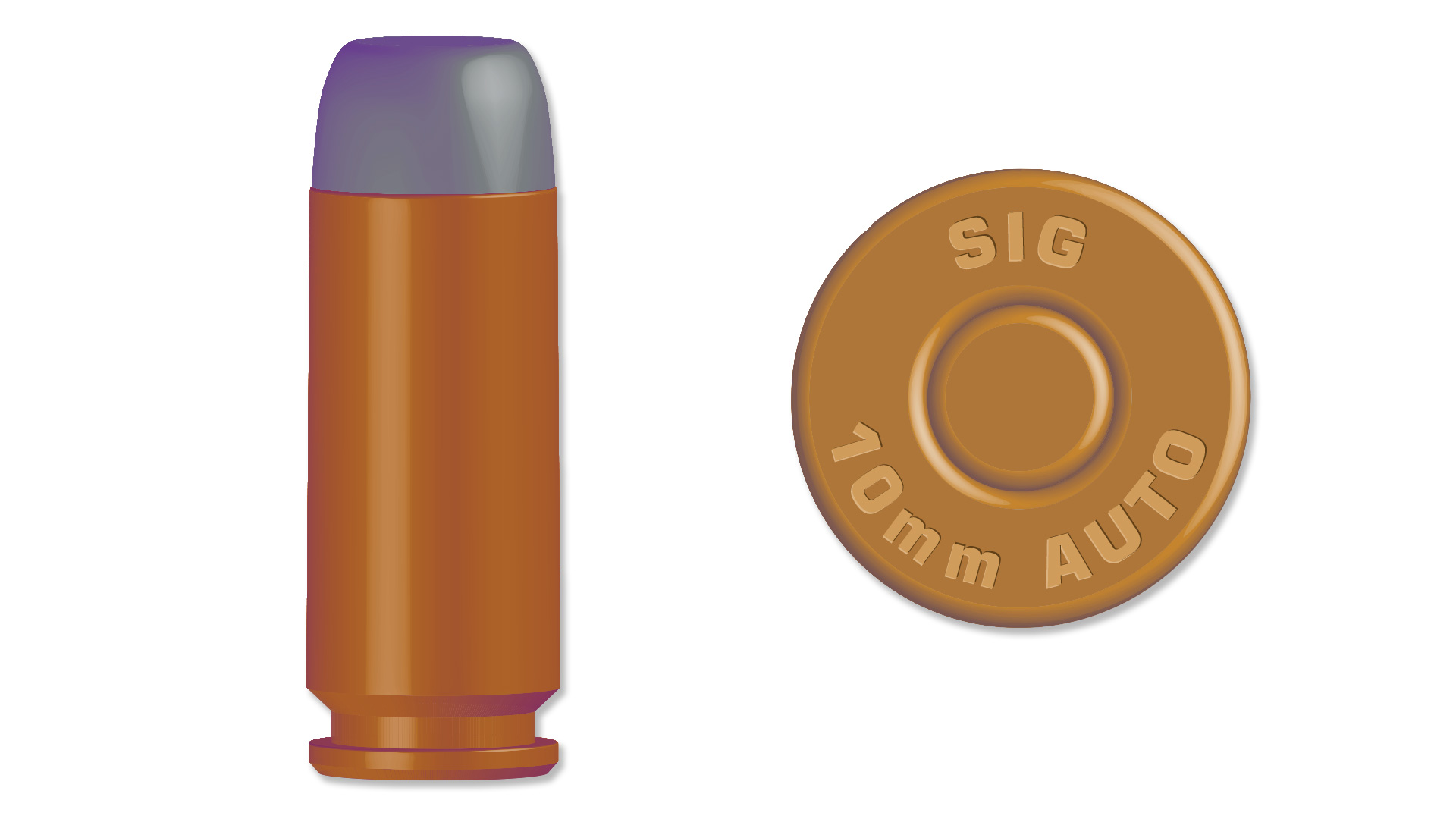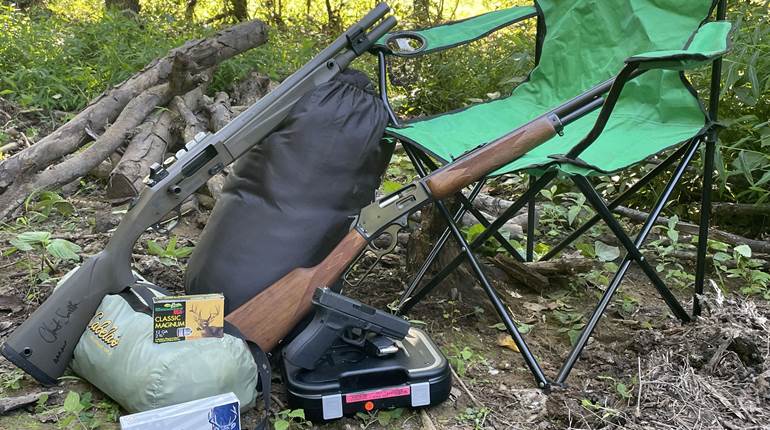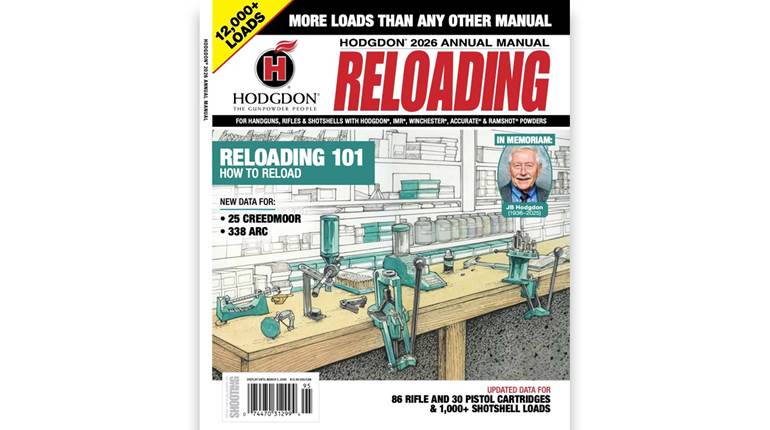
The fear of a bear attack has likely sold more 10 mm Auto handguns than all firearm advertising combined. The 10 mm does deliver some impressive ballistics for a cartridge chambered in semi-automatic handguns. It fairly well mirrors the .357 Mag., and its recoil is much milder than stout .44 Mag. loads, making it useful for fast follow-up shots.
 Most handgun cartridges, like the 10 mm, either develop enough velocity for a bullet to expand and produce a shallow wound or penetrate and create deep trauma—but not both. Penetration is recommended for bears, and flat-point, “hard-cast” bullets provide that by transferring shock while also cutting deeply. Bullets cast from linotype certainly are hard, but they may fail to obturate in the bore, which causes leading at the start of the rifling and poor accuracy, and the bullets may shatter upon hitting bones. On the other hand, a too-soft alloy may not withstand pressures developed by some loads and leave lead streaks the length of a bore.
Most handgun cartridges, like the 10 mm, either develop enough velocity for a bullet to expand and produce a shallow wound or penetrate and create deep trauma—but not both. Penetration is recommended for bears, and flat-point, “hard-cast” bullets provide that by transferring shock while also cutting deeply. Bullets cast from linotype certainly are hard, but they may fail to obturate in the bore, which causes leading at the start of the rifling and poor accuracy, and the bullets may shatter upon hitting bones. On the other hand, a too-soft alloy may not withstand pressures developed by some loads and leave lead streaks the length of a bore.
Bullets cast of old-style wheel weights, which consist of roughly 4 percent antimony—and my addition of 2 percent tin to the melt to help cast fully formed bullets—are perfect for the 10 mm. The bore of my Springfield Omega 10 mm was shiny as a new dime after shooting 40-some wheel-weight bullets cast from an RCBS 40-180-SWC mold. They are hard enough that they will not expand, yet pliable enough to remain intact after hitting bones. Paired with 8.8 grains of Longshot propellant, they clocked 1,266 f.p.s., and the velocity increased to 1,312 f.p.s. with 9.0 grains. Standard deviation of velocity was 11 f.p.s. for the recipe load over 10 shots.
Recoil was remarkably mild, partly due to the Springfield’s ported barrel, however, the muzzle blast was severe. That may be a good thing, however, as it’s said that loud noise helps deter bears. Pulling the sights back down onto a target at 15 yards was quick, and firing eight rounds required only about five seconds.




































